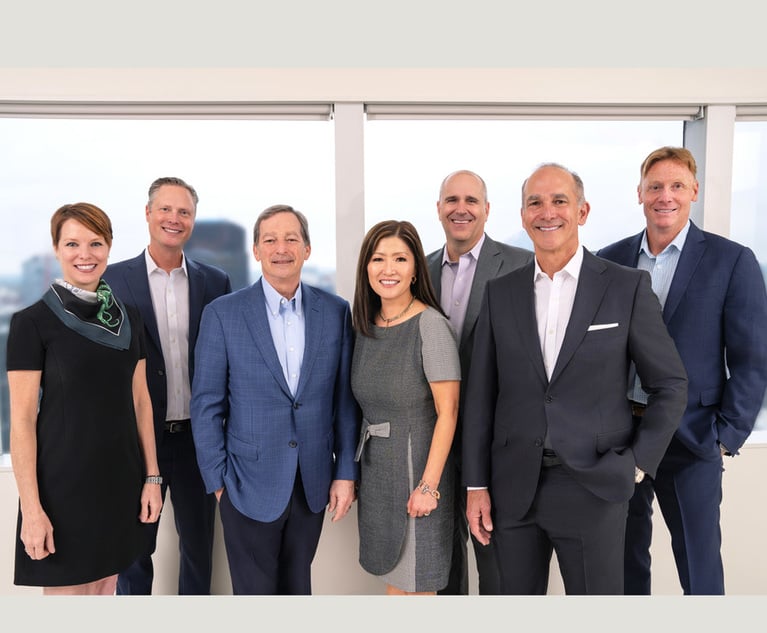Since the U.S. Supreme Court’s 2014 decision in Alice v. CLS Bank, which effectively put the brakes on securing software patents in the US, patent practitioners have been working to find ways to overcome the bar Alice established for satisfying the subject matter eligibility requirements of 35 U.S.C. Section 101. Alice was focused on whether claims for software and business methods were eligible subject matter under Section 101. The Alice court held that merely describing an algorithm at a high level and having that algorithm execute on a generic computing device constitutes an “abstract idea,” and is not eligible for patent protection.
Over the years since Alice, there have been a number of evolutions to the standard by which applications were evaluated. Initially, courts and examiners took a heavy hand in invalidating or rejecting claims drawn to software and business method patents. For example, examiners frequently relied on Electric Power Group v. Alstom, which held that the process of collecting information, analyzing it, and displaying certain results of the collection and analysis constitutes an abstract idea, to render the claims unpatentable under Section 101. There were, however, a limited number of cases that helped ease the restrictions set forth by Alice. In Enfish v. Microsoft, the U.S. Court of Appeals for the Federal Circuit upheld the eligibility of the claims at issue, which were directed to an improved database structure, finding that they recited an improvement in the functioning of the computer itself and thus constitutes an invention under Section 101. In BASCOM Global Internet Services v. AT&T Mobility, the Federal Circuit concluded that the claims directed to a content filtering system satisfied the requirements under Section 101, despite the fact that the claims were directed to an abstract idea, because an inventive concept could be found in an ordered combination of the claim elements. In Core Wireless Licensing S.A.R.L. v. LG Electronics, the Federal Circuit found that claims reciting a display screen to be patent eligible because the claims described a specific implementation of how information is presented or displayed to a user via a graphical user interface. As the courts’ and U.S. Patent Office’s standards for patenting software and business methods have eased since Alice, new concerns with the patentability of these claims have arisen. Namely, as the landscape of eligible subject matter under Section 101 has become clearer, courts and examiners are now turning their attention to patentability under 35 U.S.C. Section 112, which governs the standard by which the written description of the invention is evaluated.


 Joseph Wolfe, left, and William Bartow, right, of DLA Piper.
Joseph Wolfe, left, and William Bartow, right, of DLA Piper.




